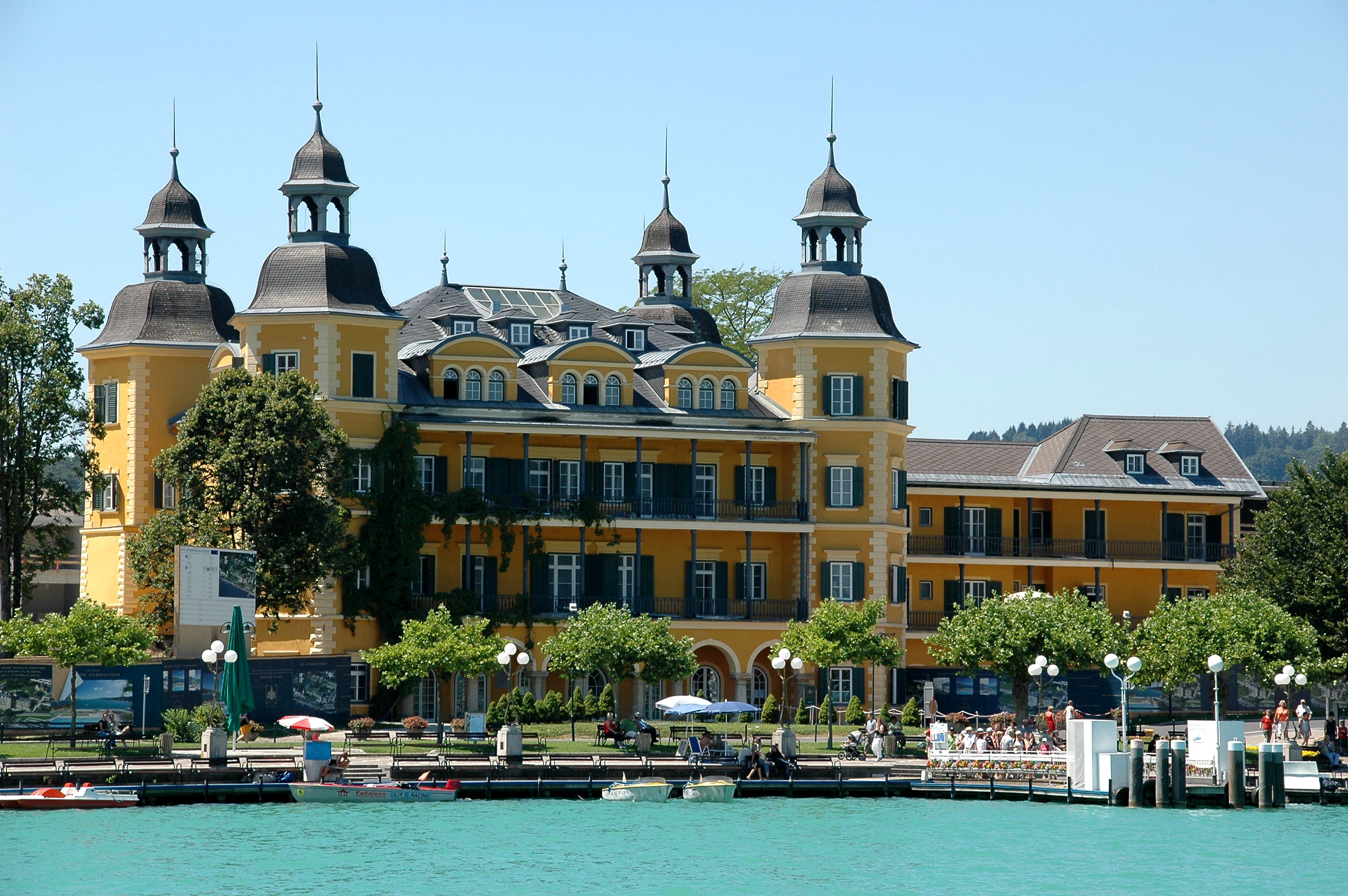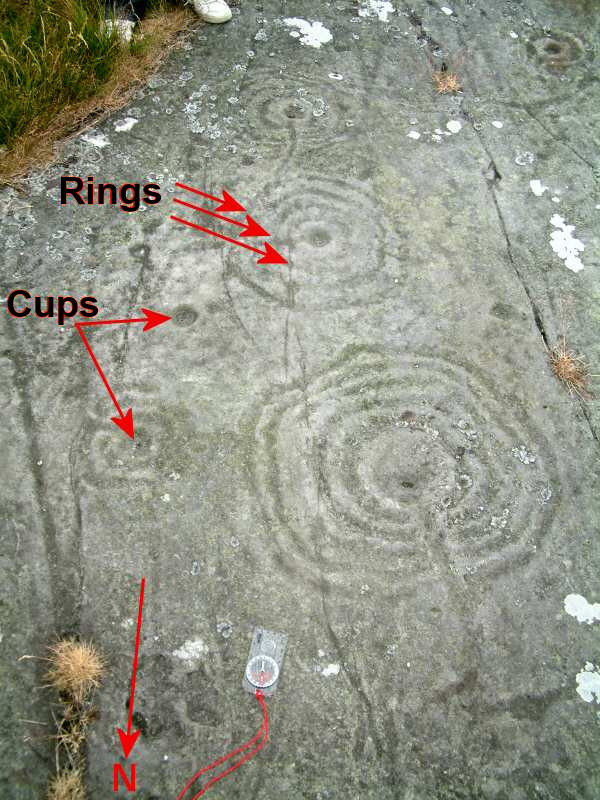|
Pörtschach Am Wörthersee
Pörtschach am Wörthersee () is a municipality in the district of Klagenfurt-Land District, Klagenfurt-Land in Carinthia (state), Carinthia, Austria. It is an established summer Resort town, resort and lakeside town on Wörthersee. Geography Pörtschach is located at above mean sea level, on the northern shore of Wörthersee, Lake Wörth, about west of the Carinthian capital Klagenfurt. The municipal territory is subdivided into the two Cadastral community, cadastral communities of Pörtschach on the Lake () and Sallach. Unique locality of the municipality is Pörtschach on Lake Wörth. Pörtschach's neighbouring communities include Moosburg (Kärnten), Moosburg to the north, Techelsberg am Wörther See, Techelsberg to the west, Krumpendorf to the east, and Maria Wörth to the south. History Basin stones with Cup and ring mark, cup marks most presumably come from the Stone Age and can still be seen in many parts of Carinthia. There is also one to be seen in Pörtscha ... [...More Info...] [...Related Items...] OR: [Wikipedia] [Google] [Baidu] |
Municipality (Austria)
In the Republic of Austria, the municipality (, sometimes also ) is the administrative division encompassing a single village, town, or city. The municipality has municipal corporation, corporate status and local self-government on the basis of parliamentary democracy, parliamentary-style representative democracy: a municipal council () elected through a form of party-list proportional representation, party-list system enacts municipal laws, a municipal executive board () and a mayor (, grammatical gender, fem. ) appointed by the council are in charge of municipal administration. Austria is currently (January 1, 2020) partitioned into 2,095 municipalities, ranging in population from about fifty (the village of Gramais in Tyrol (state), Tyrol) to almost two million (the city of Vienna). There is no unincorporated area, unincorporated territory in Austria. Basics The existence of municipalities and their role as carriers of the right to self-administration are guaranteed by the ... [...More Info...] [...Related Items...] OR: [Wikipedia] [Google] [Baidu] |
Slavic Languages
The Slavic languages, also known as the Slavonic languages, are Indo-European languages spoken primarily by the Slavs, Slavic peoples and their descendants. They are thought to descend from a proto-language called Proto-Slavic language, Proto-Slavic, spoken during the Early Middle Ages, which in turn is thought to have descended from the earlier Proto-Balto-Slavic language, linking the Slavic languages to the Baltic languages in a Balto-Slavic languages, Balto-Slavic group within the Indo-European family. The current geographical distribution of natively spoken Slavic languages includes the Balkans, Central and Eastern Europe, and all the way from Western Siberia to the Russian Far East. Furthermore, the diasporas of many Slavic peoples have established isolated minorities of speakers of their languages all over the world. The number of speakers of all Slavic languages together was estimated to be 315 million at the turn of the twenty-first century. It is the largest and most d ... [...More Info...] [...Related Items...] OR: [Wikipedia] [Google] [Baidu] |
Slavic Settlement Of The Eastern Alps
The settlement of the Eastern Alps region by early Slavs took place during the 6th to 8th centuries CE. It formed part of the southward expansion of early Slavs which would result in the South Slavic group, and would ultimately result in the ethnogenesis of present-day Slovenes. The Eastern Alpine territories concerned comprise modern-day Slovenia, Eastern Friuli, in modern-day northeast Italy, and large parts of modern-day Austria (Carinthia, Styria, East Tyrol, Lower Austria and Upper Austria). Historical background The migration of Slavic peoples from their homeland began in roughly the late 6th to early 7th century, as Germanic peoples started moving into the territory of the Roman Empire. The migrations were stimulated by the arrival of Huns into Eastern Europe. The Germanic peoples subsequently fought for control over territories in the eastern part of the disintegrating Roman Empire. Slavic tribes were part of various tribal alliances with the Germanic (Lombards, Gepid ... [...More Info...] [...Related Items...] OR: [Wikipedia] [Google] [Baidu] |
Roman Empire
The Roman Empire ruled the Mediterranean and much of Europe, Western Asia and North Africa. The Roman people, Romans conquered most of this during the Roman Republic, Republic, and it was ruled by emperors following Octavian's assumption of effective sole rule in 27 BC. The Western Roman Empire, western empire collapsed in 476 AD, but the Byzantine Empire, eastern empire lasted until the fall of Constantinople in 1453. By 100 BC, the city of Rome had expanded its rule from the Italian peninsula to most of the Mediterranean Sea, Mediterranean and beyond. However, it was severely destabilised by List of Roman civil wars and revolts, civil wars and political conflicts, which culminated in the Wars of Augustus, victory of Octavian over Mark Antony and Cleopatra at the Battle of Actium in 31 BC, and the subsequent conquest of the Ptolemaic Kingdom in Egypt. In 27 BC, the Roman Senate granted Octavian overarching military power () and the new title of ''Augustus (title), Augustus'' ... [...More Info...] [...Related Items...] OR: [Wikipedia] [Google] [Baidu] |
Velden Am Wörther See
Velden am Wörther See (Slovenian language, Slovene: ''Vrba na Koroškem'') is a market town in Villach-Land District, in the Austrian state of Carinthia (state), Carinthia. Situated on the western shore of the Wörthersee lake, it is one of the country's most popular holiday Resort town, resorts. Geography The municipal area of Velden is subdivided into eight Katastralgemeinden (cadastral communities): Augsdorf, Duel, Kerschdorf ob Velden, Köstenberg, Latschach an der Drau, Lind ob Velden, St. Egyden, and Velden am Wörther See – which include 30 villages: * Aich (''Dob'') * Augsdorf (''Loga Vas'') * Bach (''Potok'') * Dieschitz (''Deščice'') * Dröschitz (''Trešiče'') * Duel (''Dole'') * Fahrendorf * Göriach (''Gorje'') * Kantnig (''Konatiče'') * Kerschdorf (''Črešnje'') * Köstenberg (''Kostanje'') * Kranzlhofen (''Dvor'') * Latschach (''Loče'') * Lind ob Velden (''Lipa'') * Oberdorf (''Zgornja vas'') * Oberjeserz (''Zgornje Jezerce'') * Oberwinklern (''Vogliče'') * ... [...More Info...] [...Related Items...] OR: [Wikipedia] [Google] [Baidu] |
Noricum
Noricum () is the Latin name for the kingdom or federation of tribes that included most of modern Austria and part of Slovenia. In the first century AD, it became a province of the Roman Empire. Its borders were the Danube to the north, Raetia and Vindelici to the west, Pannonia to the east and south-east, and Italia ( Venetia et Histria) to the south. The kingdom was founded around 400 BC, and had its capital at the royal residence at Virunum on the Magdalensberg. Area and population Around 800 BC, the region was inhabited mostly by the people of the Hallstatt culture. Around 450 BC, they merged with the people of other areas in the south-western regions of Germany and eastern France. The country is mountainous and rich in iron and salt. It supplied material for the manufacturing of arms in Pannonia, Moesia, and northern Italy. The famous Noric steel was largely used in the making of Roman weapons (e.g. Horace, ''Odes'', i.16.9-10: ''Noricus ensis'', "a Noric s ... [...More Info...] [...Related Items...] OR: [Wikipedia] [Google] [Baidu] |
Stone Age
The Stone Age was a broad prehistory, prehistoric period during which Rock (geology), stone was widely used to make stone tools with an edge, a point, or a percussion surface. The period lasted for roughly 3.4 million years and ended between 4000 Anno Domini, BC and 2000 BC, with the advent of metalworking. It therefore represents nearly 99.3% of human history. Though some simple metalworking of malleable metals, particularly the use of Goldsmith, gold and Coppersmith, copper for purposes of ornamentation, was known in the Stone Age, it is the melting and smelting of copper that marks the end of the Stone Age. In Western Asia, this occurred by about 3000 BC, when bronze became widespread. The term Bronze Age is used to describe the period that followed the Stone Age, as well as to describe cultures that had developed techniques and technologies for working copper alloys (bronze: originally copper and arsenic, later copper and tin) into tools, supplanting ston ... [...More Info...] [...Related Items...] OR: [Wikipedia] [Google] [Baidu] |
Cup And Ring Mark
Cup and ring marks or cup marks are a form of prehistoric art found in the Atlantic seaboard of Europe (Ireland, Wales, Northern England, Scotland, France (Brittany), Portugal, and Spain (Galicia (Spain), Galicia) – and in Mediterranean Europe – Italy (in Alpine valleys and Sardinia), Azerbaijan and Greece (Thessaly and Irakleia (Cyclades)), as well as in Scandinavia (Denmark, Sweden, Norway and Finland) and in Switzerland (at Caschenna in Canton of Grisons, Grisons). Similar forms are also found throughout the world including Australia, Gabon, Greece, Hawaii, India (Bhanpura#Daraki-Chattan Cave survey Bhanpura, Daraki-Chattan and Dwarahat), Israel, Mexico, Mozambique and the Americas. The oldest known forms are found from the Fertile Crescent to India. They consist of a wikt:concave, concave depression, no more than a few centimetres across, pecked into a rock surface and often surrounded by concentric circles also etched into the stone. Sometimes a linear channel called a ... [...More Info...] [...Related Items...] OR: [Wikipedia] [Google] [Baidu] |
Maria Wörth
Maria Wörth () is a municipality in the district of Klagenfurt-Land in the Austrian state of Carinthia (state), Carinthia. The centre of the resort town is situated on a peninsula at the southern shore of the Wörthersee. In the east, the municipal area borders the Carinthian capital Klagenfurt. The municipality consists of the two Katastralgemeinden Maria Wörth and Reifnitz. History A first Mary (mother of Jesus), St. Mary's Church was erected in about 875 during the Christianization in former Carantania, led by the Roman Catholic Archdiocese of Munich and Freising, Bishops of Freising based at Innichen Abbey. It was first mentioned in an 894 deed as ''Maria Werd''—because the site was at that time an island. (The Old High German term ''Wörth'' or ''Werder'', like the Slovene language, Slovene ''Otok'', denotes a piece of land surrounded by water.) The church served for the translation (relics), translation of the relics of Saints Primus and Felician and played an important ... [...More Info...] [...Related Items...] OR: [Wikipedia] [Google] [Baidu] |






